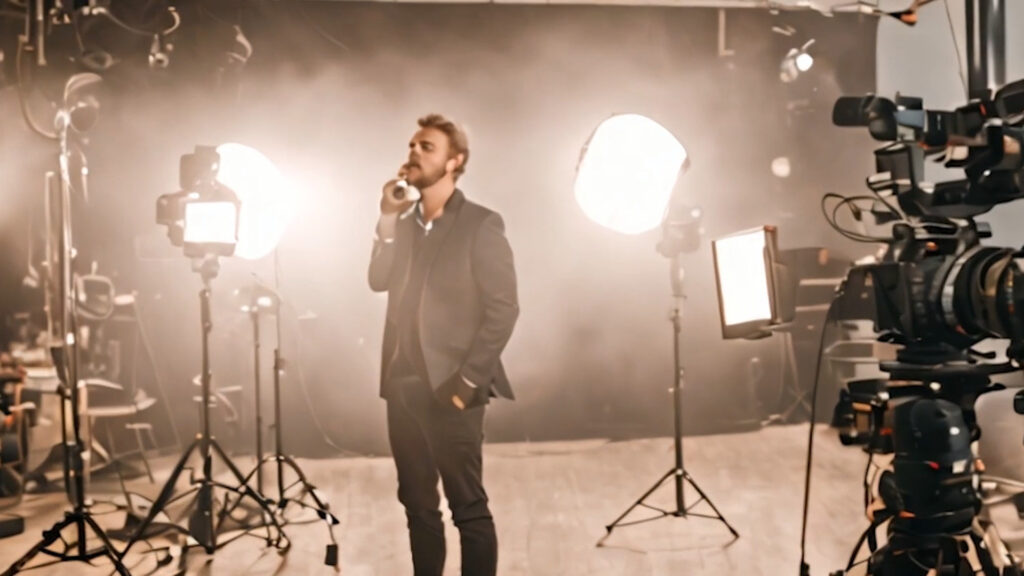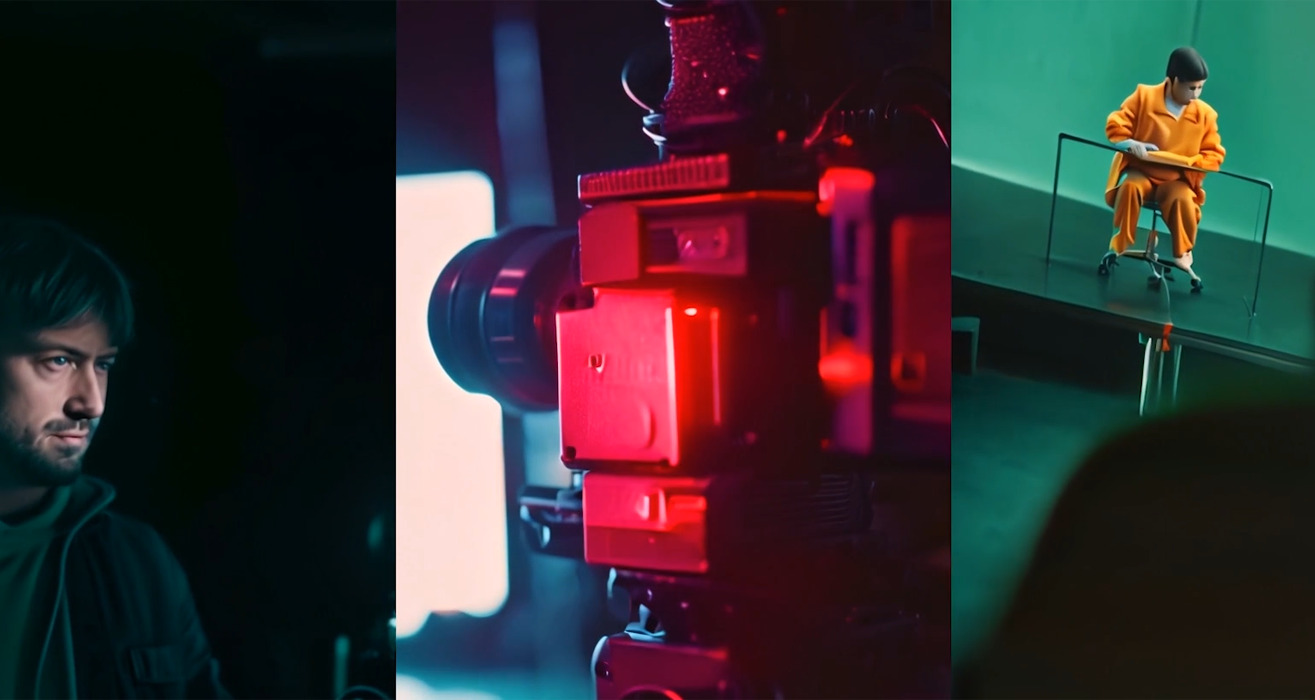Artificial Intelligence is transforming multiple aspects of video production – from voice acting, script writing, editing and image generation. When used as a co-pilot tool, creatives can streamline their artistic process by speeding up tedious tasks and dedicating more time to the work they love. While AI is altering much of video production, the underlying structure remains the same: getting to know a client, brainstorming and then expanding on ideas together, and using a skillful eye to decide which techniques to employ in order to create authentic, high-quality video. Here’s how creatives can incorporate AI at each stage of the video production pipeline.
Pre-Production
An impactful video relies on a strong foundation, with clear direction and the client’s goals at the forefront, and AI can help at this stage through idea generation. Instead of a blank page, AI can give suggestions and prompts for creatives to bounce from – or instead of letting a creative spark fizzle away, AI can instantly visualize that brilliant idea you just had, allowing people to add their own input just as quick. The momentum AI brings is great, but it can’t replicate the ability to understand a client’s identity and create an authentic message in turn. Building a connection with your client not only allows genuine personalization and novel ideas, but bouncing ideas around allows your plan to evolve into something better each time.
Production
At this stage, AI is mostly absent from the production phase, as most live video in advertising requires the use of real footage. People want to see the actual product they’re buying, or dive behind the scenes and connect with the people behind a company. What AI can do however is fill in the gaps. If your message needs further clarity but you don’t have the footage for it, there’s no need to worry about rescheduling a shoot, booking the location again and hoping the actors are available – AI can serve to generate B-roll footage or extend the footage you already have.

Post-production
AI serves multiple purposes in post-production by speeding up tedious tasks and fixing up errors made at the production stage. Generative Expand for example, an AI tool made by Adobe, can extend a shot that was filmed too tight by using a predictive algorithm. Or if there’s some distracting white noise over an interview, AI can help to clean that up too and deliver sharp, quality audio instantly. Whether its color correcting, compositing, balancing audio levels or translations, AI is there to assist you. But with any tool that delivers immediate changes, there must be intention behind each edit. Only you can know whether the color grading reflects the mood your client wants or if the transitions should be bolder or subtler. By using AI as a productive tool rather than a replacement for the post-production stage, you’ll create robust video content with the personal details and insightful finishing touches needed to make your clients idea shine.
If you would like to learn more about how creatives can collaborate with AI and transform their video production workflow, feel free to contact us at hello@synima.com.



